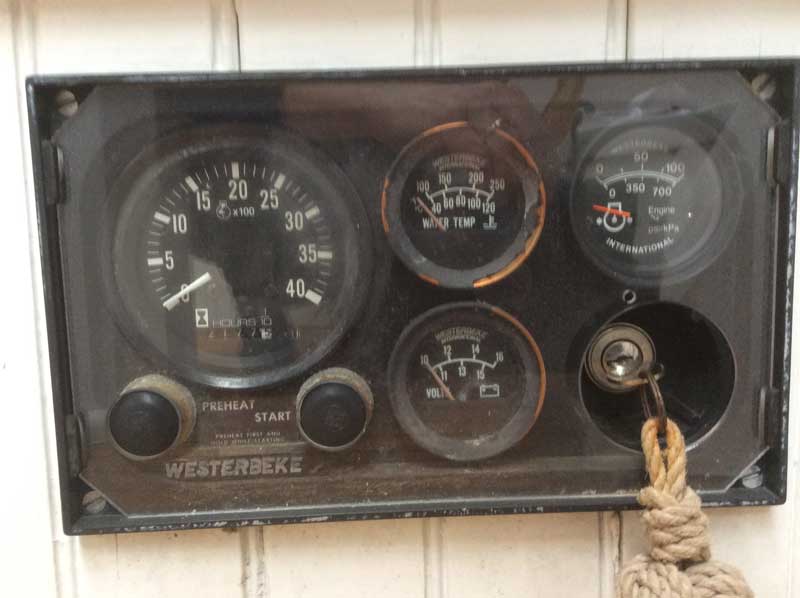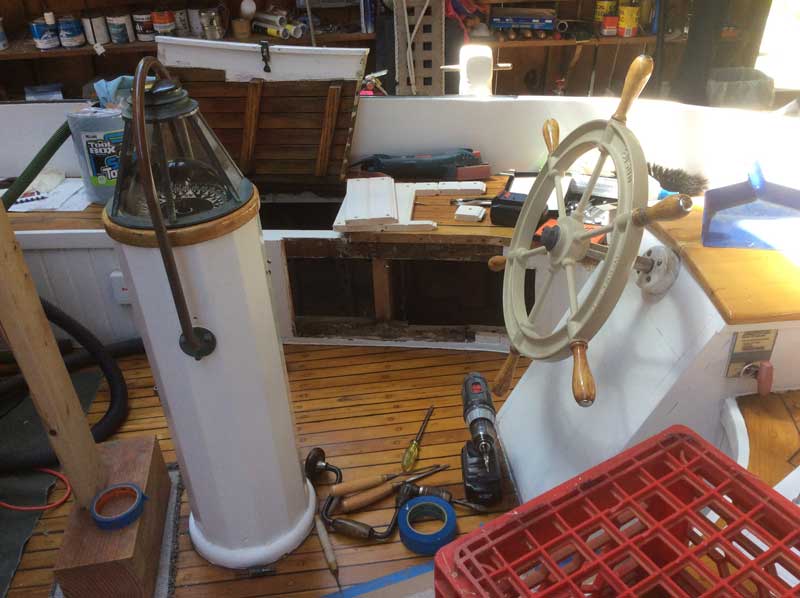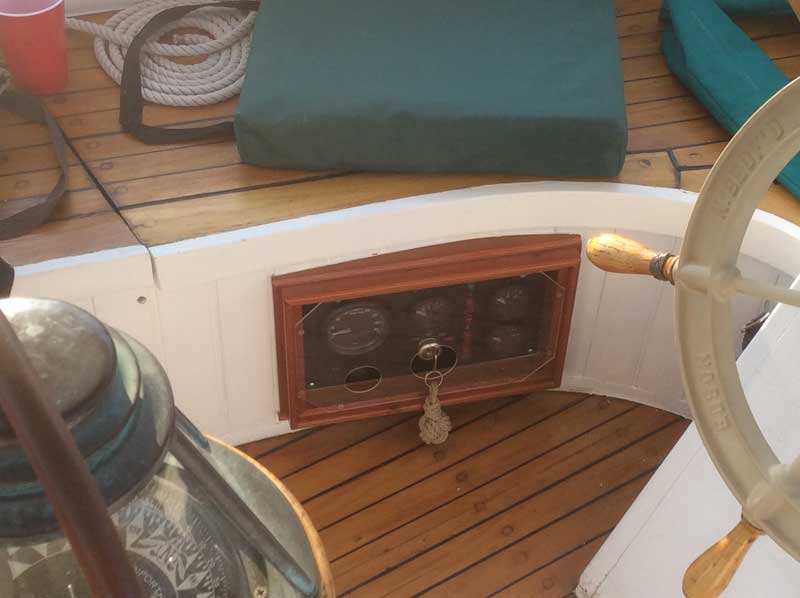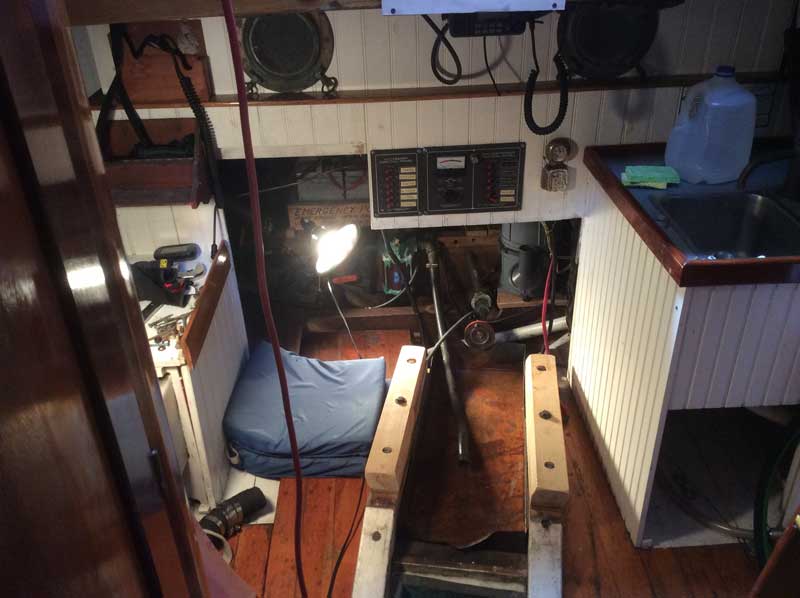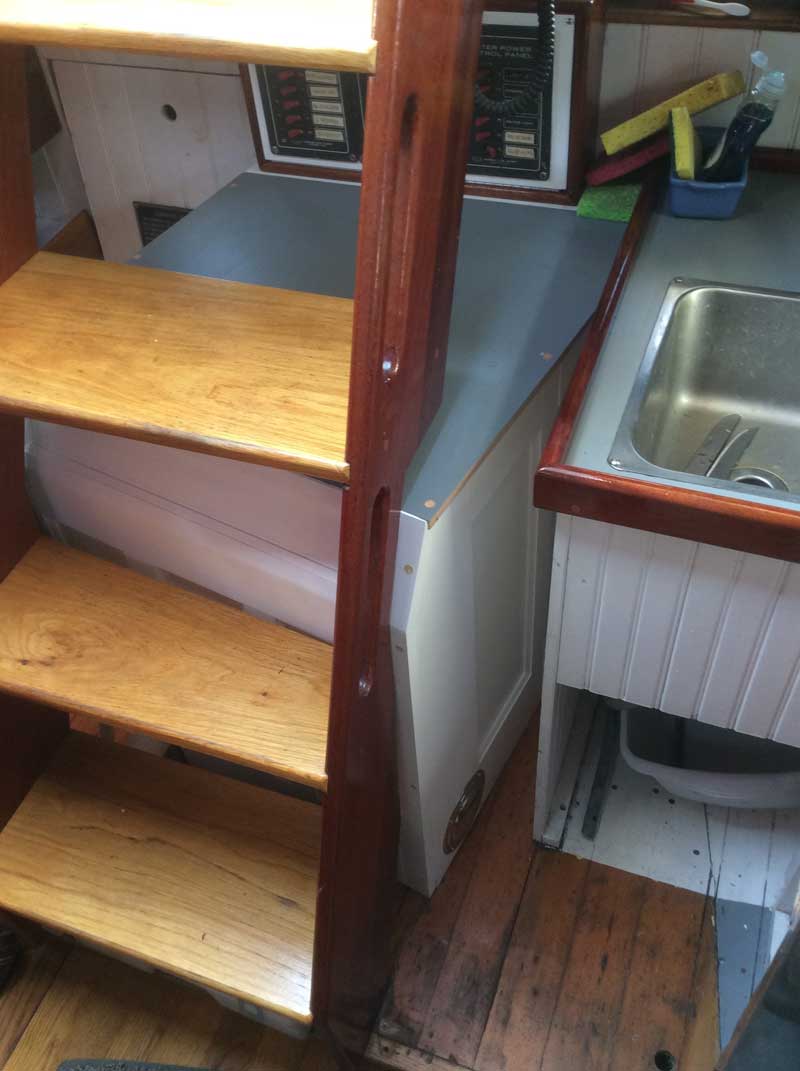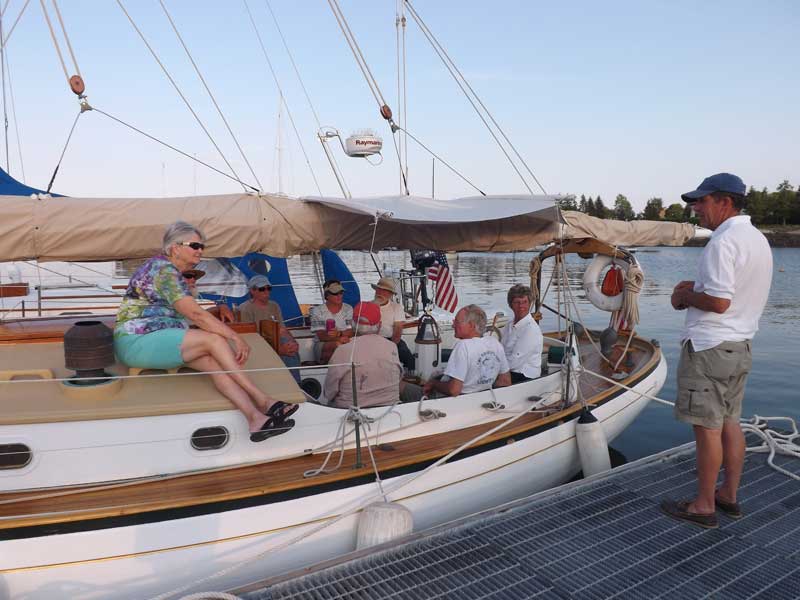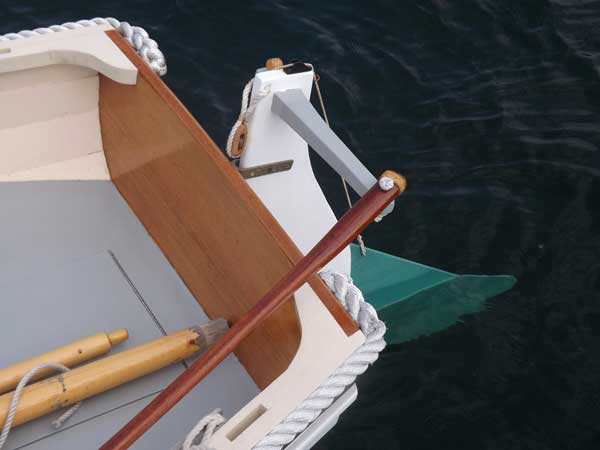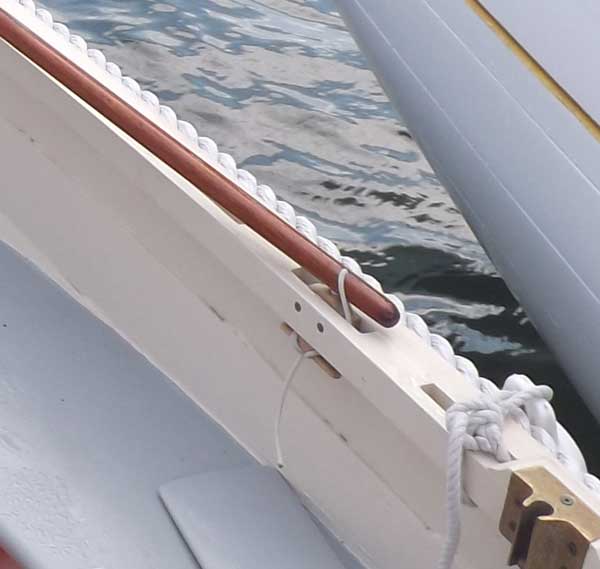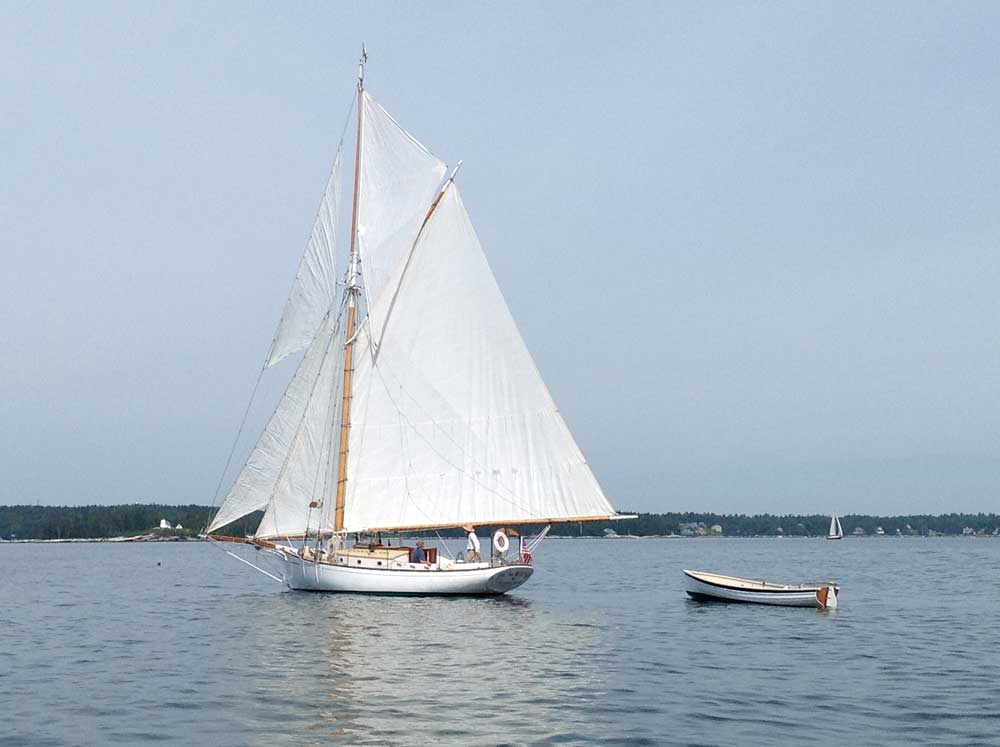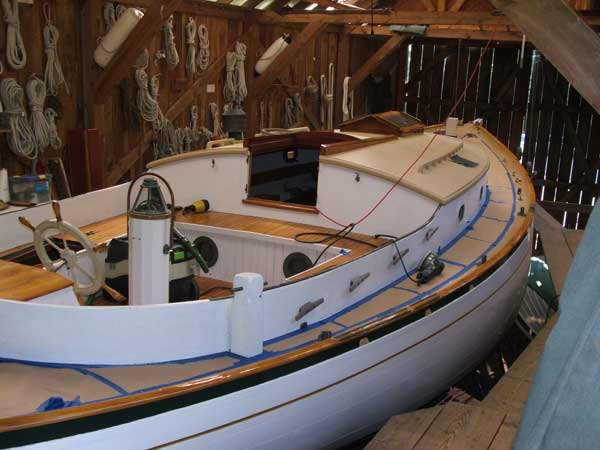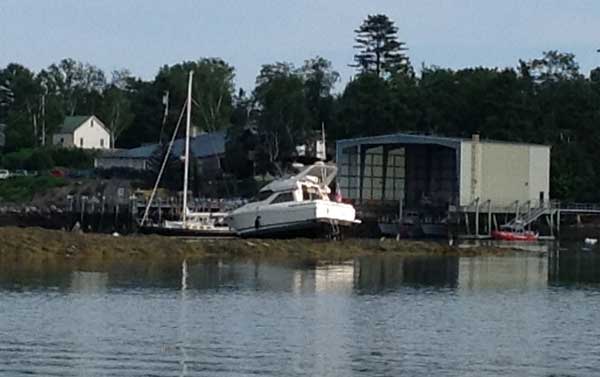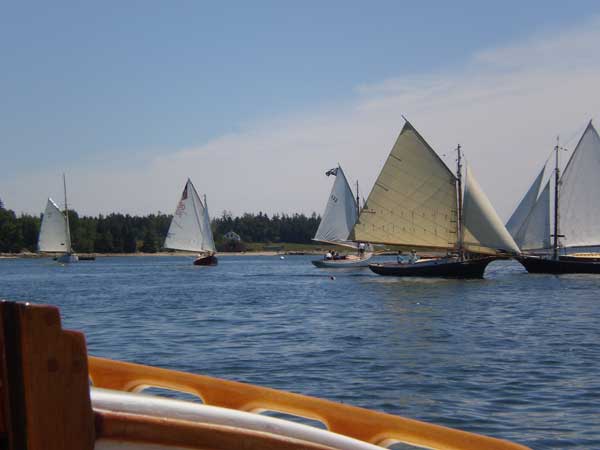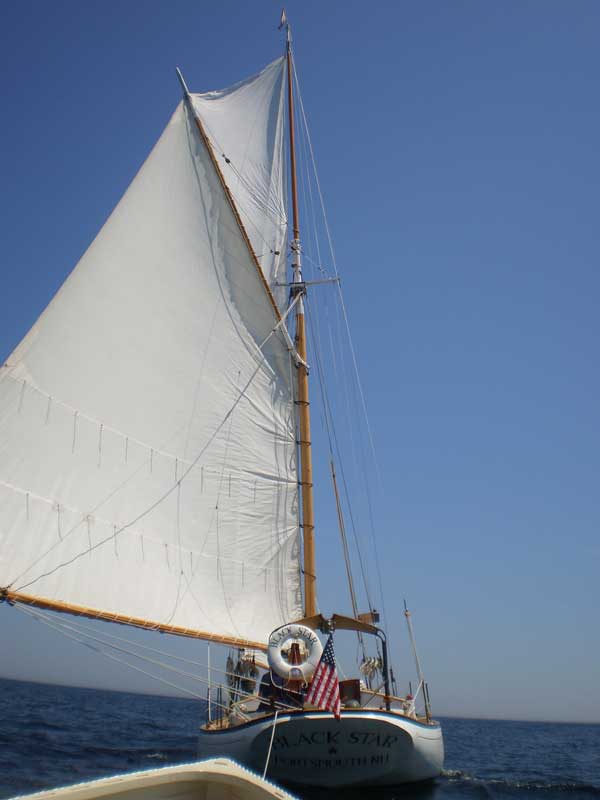One of the events we look forward to every year is a two-week cruise down east. The planning for this starts soon after the winter holidays and is part of the fun. This year with the arrival of the pandemic, we went ahead and made the best plans we could with the limited knowledge available regarding travel across state lines and restrictions that may, or may not be in place when summer rolled around.
We made two assumptions that proved false. One was that there would be fewer boats in the water and the other was that we would not be socializing with friends on the water.
The first assumption was partly true in that there were some familiar boats that simply never appeared this year. It was also true that we saw more empty moorings in some places, but we also saw many boats that we had never seen before that appeared and took up a summer, or partial-summer residence in the part of central Maine where we normally sail. Some of these were mega yachts from away and from what we could see, they were being used as places to escape the pandemic. Some might have even been used as “home offices”. The result was a combination of empty moorings in places we did not expect and full anchorages in places that are rarely occupied. The other area where we saw more boats were in politically motivated boat parades.
While I understand that too many Americans have chosen to define themselves (and limit themselves) by who they voted for or who they are going to vote for; a sad state of affairs in and of itself, but for individuals to join in a political boat parade waving flags is an even sadder statement. I say this for two reasons; one is that I personally believe politics should stop at the water’s edge, something I always thought was a more metaphorical than literal expression until this COVID summer, and secondly we observed that when political parades reach the water’s edge, rules of the road, no wake areas, and basic courtesy to other boaters apparently no longer apply.
When the woman who will willingly get up in the middle of the night and stand an anchor watch and I meet other boaters, what we have always talked about, what has always drawn us together, is boats. We talk about cruising areas, moorings, boatyards, fog, storms, and maintenance issues, seamanship, local history, boaters we know in common, and of course yarns and tall tales; we are sailors after all. This has allowed us to make friends with all kinds of boaters in all kinds of watercraft.
The point is that we have made friends and stayed friends with many wonderful people who might not agree with our political views on a single issue. Our shared love of the water and being on it is the bond of our friendships and I would hate to see that lost. Part of what we love about being on the water is that it is an escape from the toxic divisiveness that has become so much worse in the last few years. I recognize that it is an escape and I choose the word deliberately, what I am saying is that the waterborne political parades of this summer made it harder to escape.
The second assumption, the one where we thought we would not be able to socialize on the water proved completely groundless. We assumed, wrongly, that because we could not have guests aboard there would be extremely limited opportunities to socialize with other boaters. What we found in our home harbor, and particularly on our cruise is that, if anything, we socialized more; we just did it from a distance. Our cruise was a case in point. Since all of the scheduled summer boating events we had planned to attend were cancelled and we were no longer bound to those schedules we decided to set out on a slightly shorter cruise later in the season than we normally do. Part of our thinking was based on the fact that much of July the weather had been fairly unstable and we hoped early August might provide us with a more stable weather pattern. It didn’t.
The middle of our eight-day cruise collided with a tropical storm, and we headed for a hurricane hole that we knew would provide shelter but where we might just be sitting on the boat for three days out of the eight of our intended cruise. It was a disappointing prospect but you can’t change the weather.
We had some great sailing getting to the hurricane hole and worked our way in carefully since the approach is a bit tricky and someone directed us to an empty mooring owned by people we know. At least we were safe. Soon other boats came in looking for shelter from the storm. The first one in was a beautiful classic that picked up the mooring next to us and we quickly struck up a conversation across the water based on the beauty and the uniqueness of our two sailing vessels, and of course it turned out we knew people in common.

To our great surprise and delight, the next boat in was that of a good friend of ours and he took the mooring ahead of us. Two more boats came in owned by people we are at least acquainted with, or whom we had met before. Before you knew it we were rowing around talking to people from our tender and many of the other boaters did the same. No one boarded another boat unless they were family members or had been through quarantine, we certainly never boarded anyone else’s boat, nor did anyone board ours, but the ship visiting was extensive. We ended up visiting some of the few boats we did not know either because they had beautiful and interesting boats or because it felt rude to be visiting every boat around them and not at least introduce ourselves.
The storm blew through and the most we saw in our sheltered spot was a brief period of thirty-mile-an-hour gusts but the weather remained unsettled and the seas high for the next several days. One boat left early but ran into seven-foot head seas and returned with a torn mainsail. Meanwhile, we sailed our tender in the protected waters of the cove when the winds dropped enough to make that a safe activity, and continued to visit with and be visited by the other sailors who shared our sheltered spot. When the weather finally abated to a more predictable pattern, we cast off and were frankly worn out with socializing.
The common themes of conversations were boating and how the pandemic had affected everyone’s plans. There were those, like us who had curtailed their plans, there were those who extended their cruises since they could not do the things that usually occupy much of their summers on land. Some worried about even being allowed to return to their home harbors. There was disappointment expressed certainly, and even some exasperation and frustration, but sailors tend to be a somewhat fatalistic lot, accepting of what is beyond their control, and thankfully not one person brought up politics.
At the time I was prepared to chalk our social experience during the tropical storm to the drawing together of sailors in a storm, but the weekends that we anchored away or went for three and four-day cruises, we found ourselves repeatedly in situations where we met old friends or made new ones in shared anchorages. It was as if the deprivation of social activity on land made it safer or more desirable to approach other boaters and strike up a conversation.
So something good and unexpected came out of our summer, cruising proved to be the one time we actually got a chance to talk to real people…from a safe distance.










